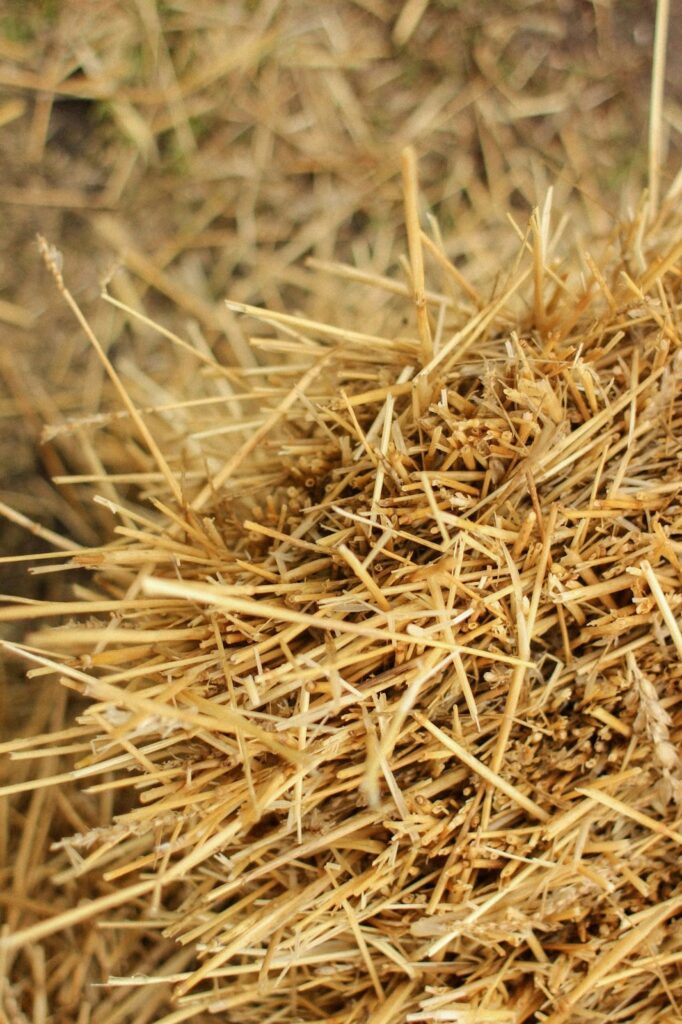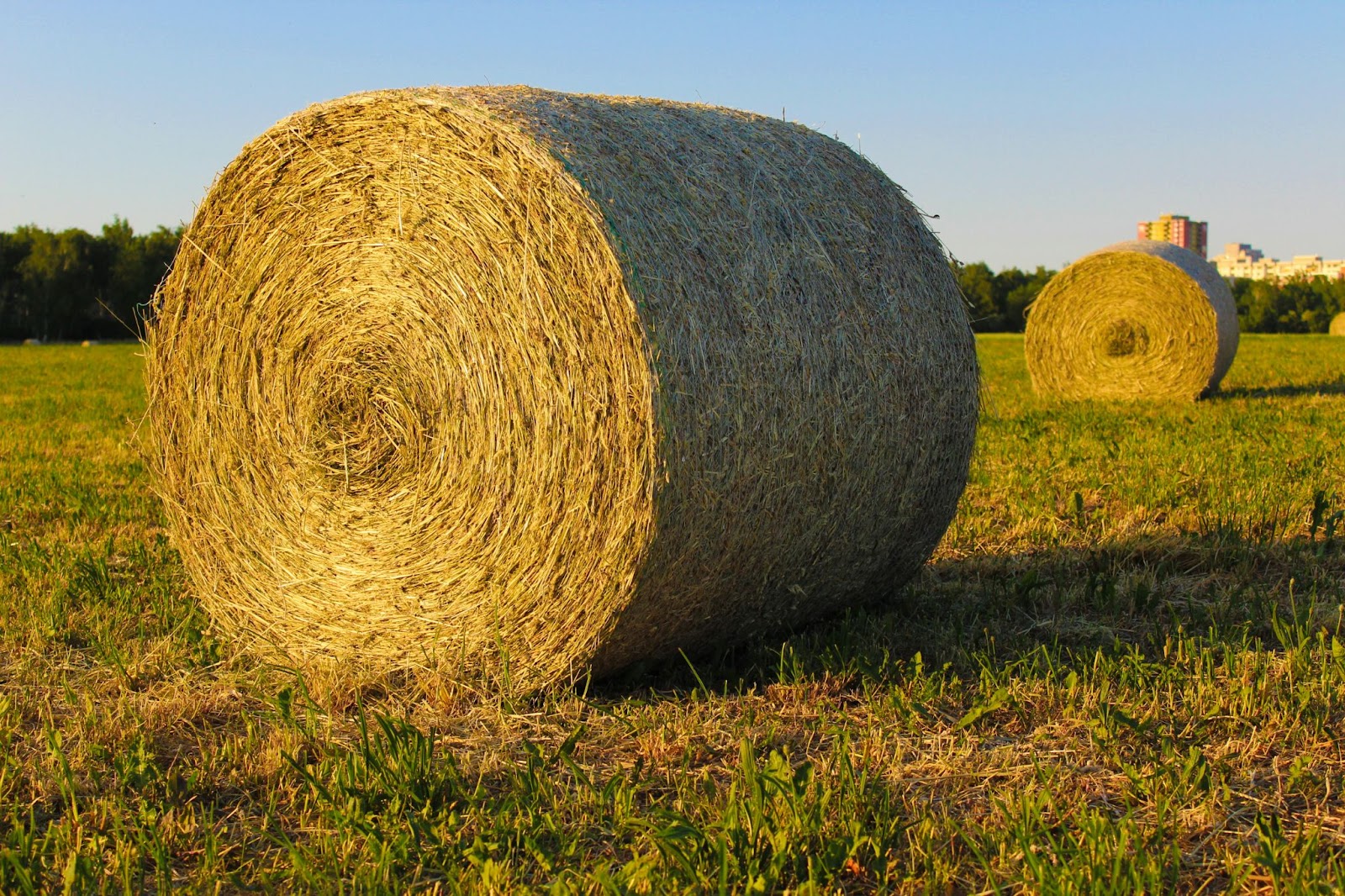Hay storage buildings play a crucial role in ensuring the quality and longevity of hay, a vital resource in agriculture. Proper storage techniques and structures not only protect the hay from the elements but also prevent spoilage and maintain its nutritional value.
As of December 1, 2023, the US had about 76.7 million tons of hay stocks, an increase of nearly 5 million tons (7%) from the previous year.
In some states, there were significant inventory gains. For example, Oklahoma saw an increase of 96.7%, Arizona an increase of 76.9%, Nevada an increase of 37.5%, and California an increase of 34.2%. Meanwhile, in the Midwest, major inventory reductions occurred due to drought. States like New York experienced a decrease of 39.6%, Minnesota a decrease of 39.3%, Wisconsin a decrease of 29.8%, and Ohio a decrease of 17%. (HayandForage)
In this article, we will explore the importance of hay storage buildings, the different types available, factors to consider when choosing one, and essential maintenance tips to keep your hay in optimum condition.
Table of Contents:
- Understanding the Importance of Hay Storage Buildings
- Different Types of Hay Storage Buildings
- Factors to Consider When Choosing a Hay Storage Building
- Maintenance Tips for Hay Storage Buildings
- Conclusion
Understanding the Importance of Hay Storage Buildings
Hay storage buildings are essential for effective agricultural practices. They provide a dedicated space to store hay, protecting it from moisture, sunlight, and pests. Hay is highly susceptible to mold and decay, which can drastically reduce its nutritional quality.
By investing in proper storage infrastructure, farmers can ensure their hay remains fresh and nutritious, ultimately benefiting their livestock and overall farm operation.
The Role of Hay Storage in Agriculture
The primary goal of hay storage in agriculture is to preserve the nutritional value of the forage. Hay is the primary feed for livestock during the colder months when fresh forage is scarce. By storing hay properly, farmers can provide their animals with high-quality feed, ensuring their health and productivity.
Additionally, hay storage buildings allow farmers to stockpile hay during seasons of abundance, reducing dependence on external markets and ensuring a steady supply for their livestock.
Benefits of Proper Hay Storage
Proper hay storage offers several benefits to farmers:
- Preservation of Nutritional Value: Hay stored in a suitable environment preserves its nutritional content, ensuring it remains a valuable food source for livestock.
- Reduced Spoilage: By protecting hay from moisture and pests, the risk of spoilage is minimized, reducing overall losses.
- Cost Savings: When hay is stored properly, farmers can avoid the need to purchase additional feed during periods of scarcity, resulting in significant cost savings.
- Improved Farm Efficiency: With a dedicated storage space for hay, farmers can better manage their feed inventory, ensuring a consistent supply for their livestock throughout the year.
Furthermore, hay storage buildings also contribute to the overall organization and aesthetics of a farm. These structures can be designed to blend seamlessly with the existing architecture, enhancing the visual appeal of the farmstead. Additionally, having a designated area for hay storage helps maintain a clutter-free environment, allowing for easier access and movement of equipment and livestock.
Another advantage of hay storage buildings is their versatility. These structures can be customized to accommodate different types of hay, such as round bales or square bales, depending on the farmer’s requirements.
They can also be designed to include additional features like ventilation systems, insulation, and lighting, ensuring optimal conditions for hay storage regardless of the external environment.
Pro tip:
Steel is a popular choice for hay storage buildings in the US due to its durability, low maintenance, and longevity. These structures are designed to withstand harsh weather, which is essential for protecting hay. Metal buildings also offer the advantage of clear-span framing for maximum space utilization.
Different Types of Hay Storage Buildings
When it comes to storing hay, farmers have a variety of options to choose from based on their specific needs and preferences. In addition to open hay sheds and enclosed hay barns, other types of hay storage buildings offer unique benefits and features.
Open Hay Sheds
Open hay sheds are a popular choice for farmers looking for cost-effective storage options. Hay storage structures provide adequate airflow, reducing the risk of moisture buildup and mold formation. Open hay sheds typically consist of a roof and supporting poles, allowing for easy access and loading of bales.
One advantage of open hay sheds is that they allow for natural ventilation, which can help maintain the quality of the stored hay.
Farmers often use open hay sheds for storing hay that will be used soon, as they provide easy access for regular retrieval of bales.
Enclosed Hay Barns
For farmers who prioritize maximum protection for their hay, enclosed hay barns are an ideal option. These structures provide complete protection from the elements, including rain, snow, and sunlight. Enclosed hay barns often feature walls, doors, and ventilation systems, maintaining optimal conditions for hay storage.
Enclosed hay barns are particularly beneficial for long-term storage of hay, as they offer enhanced protection against weather fluctuations and pests. Some farmers choose to equip their enclosed hay barns with temperature and humidity control systems to further preserve the quality of the stored hay.
Portable Hay Storage Structures
Portable hay storage structures offer flexibility and convenience for farmers with varying needs. These structures can be easily moved and set up in different locations, providing temporary storage solutions during harvest or transport.
One of the key advantages of portable hay storage structures is their versatility. Farmers can quickly reposition these buildings based on changing storage requirements or field locations.
Additionally, portable hay storage structures are often lightweight and easy to assemble, making them a practical choice for farmers who need on-the-go storage solutions.
Pro tip:
In areas with high humidity or rainfall, fully enclosed barns may be preferred to protect against moisture and mold growth. In contrast, in drier climates, roof-only sheds may be sufficient and more cost-effective.
Factors to Consider When Choosing a Hay Storage Building
Size and Capacity Needs
When selecting a hay storage building, it is crucial to assess your size and capacity requirements. Consider factors such as the amount of hay you need to store, the number of animals you have, and potential future expansion. Choose a building that offers ample storage space to accommodate your current and future needs.
Moreover, it’s essential to consider the layout and design of the hay storage building. Optimal storage efficiency can be achieved through features such as adjustable shelving, loft spaces, or partitioned areas for different types of hay.
Location and Climate Considerations
The location and climate of your farm play a significant role in selecting the right hay storage building. Consider factors such as prevailing wind patterns, exposure to sunlight, and average precipitation levels.
Proper orientation and insulation can help maintain stable hay storage conditions, preventing moisture buildup and mold formation.
Additionally, incorporating ventilation systems and climate-control measures can help regulate temperature and humidity levels within the hay storage building. This is especially important in areas prone to extreme weather conditions, ensuring the quality and nutritional value of the stored hay.
Material and Durability
Hay storage buildings are typically constructed using materials such as steel, wood, or fabric. Evaluate the durability and longevity of the materials used, as they will directly impact the lifespan of the building.
Consider factors such as resistance to corrosion, pests, and structural integrity when choosing a material that suits your needs.
Furthermore, exploring options for environmentally friendly materials or sustainable building practices can align with modern agricultural trends toward eco-conscious farming. Implementing features like rainwater harvesting systems or solar panels can enhance the sustainability of your hay storage building while reducing operational costs in the long run.
Maintenance Tips for Hay Storage Buildings
Regular Cleaning and Inspection
Regular cleaning and inspection are essential to maintain the integrity and cleanliness of hay storage buildings. Remove any accumulated dust, debris, or spilled hay to prevent potential fire hazards and pest infestations.
Periodically inspect the structure for signs of damage, such as leaks, cracks, or loose bolts, and address them promptly to ensure the building’s longevity.
When it comes to cleaning, it’s not just about removing visible dirt. It’s also important to pay attention to hidden areas where pests may hide, such as corners, crevices, and hard-to-reach spots.
Use a high-powered vacuum or a pressure washer to thoroughly clean these areas and ensure that no pests or their eggs are left behind. Additionally, consider using environmentally friendly cleaning products to minimize the impact on the surrounding ecosystem.
Pest-Control Measures
Pests, such as rodents and insects, pose a significant threat to stored hay. Implement robust pest-control measures, including sealing entry points, using insecticides or traps, and regularly monitoring the storage area for signs of infestation.
Maintaining a clean and pest-free environment will help preserve the quality of your hay.
When it comes to sealing entry points, it’s important to be thorough. Pests can find even the tiniest openings to sneak into your hay storage building.
Use caulk or weatherstripping to seal any gaps around doors, windows, and vents. Additionally, consider installing screens on windows and vents to prevent pests from entering while still allowing for proper ventilation.
Repair and Replacement Strategies
Over time, hay storage buildings may require repairs or replacement of certain components. Develop a proactive strategy for addressing any structural issues, such as replacing damaged roofing, reinforcing supports, or fixing ventilation systems.
Regularly assess the condition of your hay storage building and plan for timely repairs or replacement if necessary.
When it comes to repairs, it’s important to use high-quality materials that are specifically designed for hay storage buildings. This will ensure that the repairs are durable and long-lasting, protecting your hay from external elements. Additionally, consider consulting with a professional contractor who specializes in hay storage buildings to ensure that the repairs are done correctly and in compliance with building codes.
When it comes to replacement, consider the advancements in hay storage building technology. There may be new materials or designs available that can improve the efficiency and functionality of your storage facility.
Take the time to research and explore these options to make an informed decision that best suits your needs.

Conclusion
Hay storage buildings are indispensable for maintaining the quality and nutritional value of hay. Understanding their importance, exploring different types available, considering relevant factors when making a choice, and implementing proper maintenance measures are critical for successful hay storage.
By investing in suitable storage infrastructure and adopting proactive maintenance practices, farmers can ensure a steady supply of high-quality hay, ultimately optimizing livestock health and farm efficiency.
SteelCo has over 23 years of expertise in providing turnkey support to bring your building concepts and ideas to life, bespoke to your individual and industry needs. We supply PEMB materials to clients nationwide, help navigate local building ordinance codes and construction timelines, and provide conceptual designs and stamped engineering plans to simplify the process of obtaining necessary building permits and licenses.
—————–
Check out these related articles:
> Pole Barn Vs Metal Building: A Comparative Guide
























